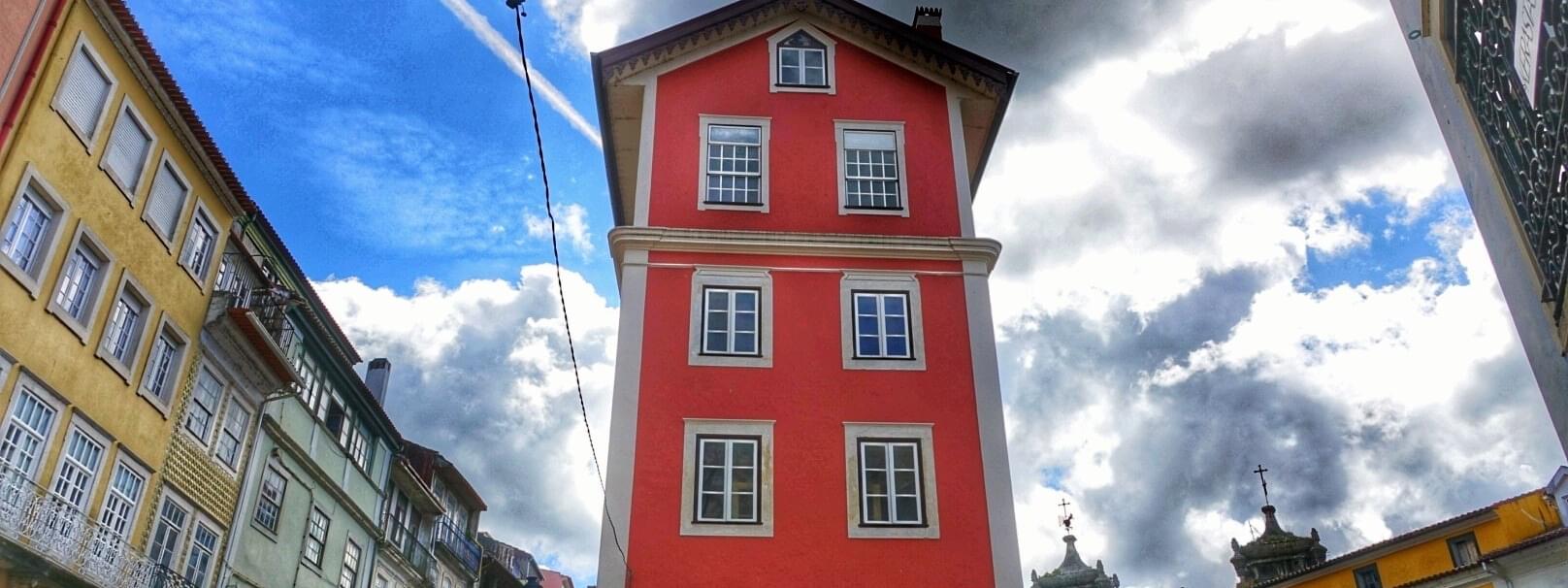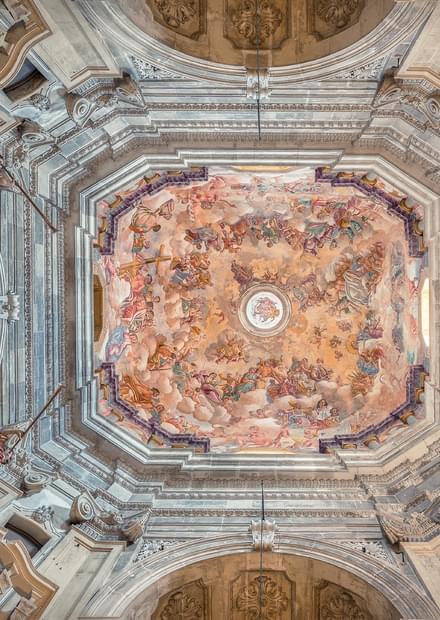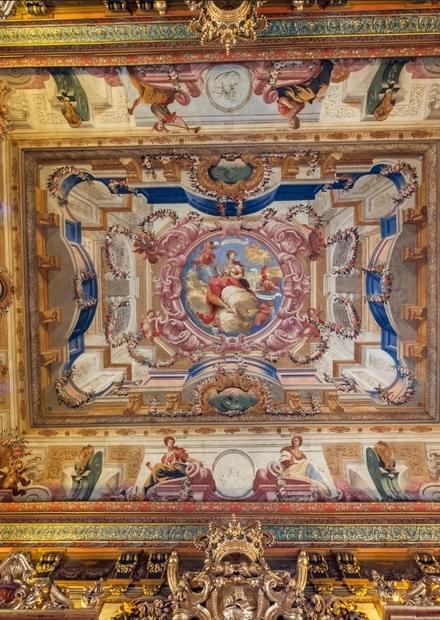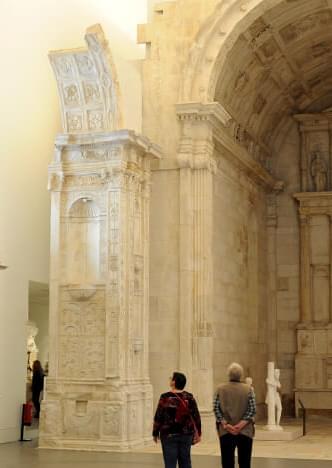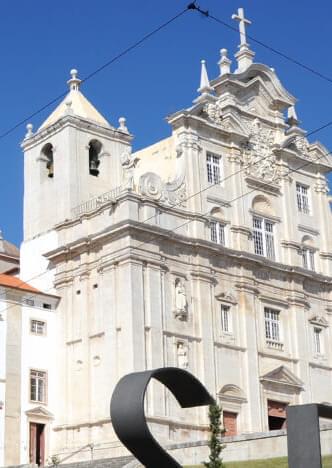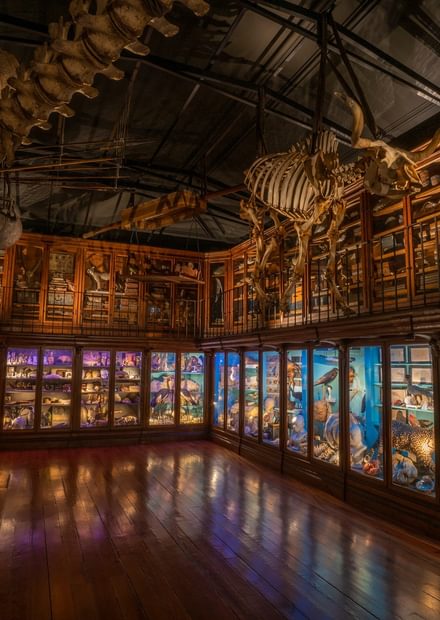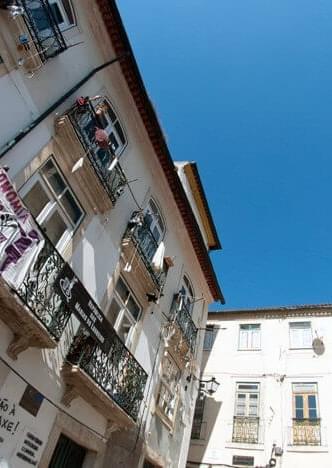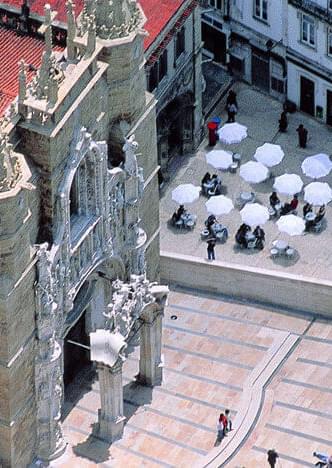There's no better way to explore all the historical richness of charming Coimbra than on foot.
Major Seminary of Coimbra
Located in the upper city of Coimbra, next to the Botanical Garden of the University of Coimbra, the Major Seminary of Coimbra is the place of culture and spirituality since 1765. Here you will find notable collections of Italian art in Portugal, dating back 250 years.
Botanical Garden of the University of Coimbra
The Botanical Garden occupied a considerable portion of the grounds of the College of São Bento, which had been given over to the University of Coimbra, undergoing extensive remodelling dating from the time of the Pombaline Reforms (1774).
University of Coimbra
Coimbra became the 15th UNESCO World Heritage site in Portugal. Situated on a hill overlooking the city, the University of Coimbra with its colleges grew and evolved over more than seven centuries within the old town. Notable university buildings include the 12th century Cathedral of Santa Cruz and a number of 16th century colleges, the Royal Palace of Alcáçova, which has housed the University since 1537, the Joanine Library with its rich baroque decor, the 18th century Botanical Garden and University Press, as well as the large “University City” created during the 1940s.
National Museum Machado de Castro
Machado de Castro National Museum is a true icon of Coimbra. The great patio, dominated by the 15th century loggia, continues to be very appealing for visitors. It is an impressive example of the survival of the symbolic meaning of the place. This was the administrative, political and religious centre of the Roman era, as well as a Christian temple, at least since the 11th century, a Bishop’s Palace since the second half of the 12th century and a Museum since 1911. It is, therefore, one of the most complex and exciting spots of the city.
After the conquest of Coimbra in 1064 (456 H) by Ferdinand the Great, a strong Mudejar community remained in the city, whose influence on the life of the city was still notable at the beginning of the 12th century.
The capacity, prosperity and prestige of the important Mozarabic community of Coimbra was enough to influence local taste. The double door of the former Episcopal Palace, although already built after the Christian conquest of the city, and despite remodelling in accordance with the culture and imagery dominant in later centuries, retains the contemporary traits of Almohad architectural aesthetics with its horseshoe arches with alfiz.
New Cathedral
Located at the old Jesuit College, the New Cathedral occupies the Mannerist building which was built by the Society of Jesus at the upper town. The outline of the building has gone through many issues since 1547 which include advancements, retreats and alterations on the floor plan. Finally, in 1598, the foundation stone of the Baltazar Álvares (the architect to whom the outline is attributed) project was laid down. Construction works would drag on until 1640, the year in which the church dedicated to the Eleven Thousand Virgins was opened.
Science Museum of the University of Coimbra
The Science Museum of the University of Coimbra is an interactive science museum that aims to provide visitors of all ages an entertaining environment in which to discover science. The Museum presents the University’s collections of scientific objects and instruments as well as a series of exciting exhibits and hands-on experiments. The Museum offers many activities. Its temporary exhibits, guided tours, workshops and informal meetings with scientists have become well known and very successful amongst the public.
Republics of Coimbra
Legendary spaces in the academic life, the Coimbra Republics first appeared during the 14th century when King D. Dinis ordered a few houses to be built in the Almedina area to house university students in exchange for a payment. Throughout the centuries, the republics became famous and created their own traditions.
Old Cathedral
Founded during the reign of Afonso Henriques, the Old Cathedral of Coimbra represents, through its monumentality, the austere magnitude of the Romanesque architecture. It is seen as a treasure of the Portuguese Romanesque Style and is the only Portuguese cathedral built during the Reconquista era which has remained intact until today.
Santa Cruz Monastery
The Santa Cruz Monastery was founded in the reign of Afonso Henriques by a group of twelve Canons of St. Augustine.This monastic community was indeed the most important monastic house during the reigns of the first dynasty and it marked an essential period in the creation of the Portuguese identity, contributing to the political importance of Coimbra during the foundation of the realm.
